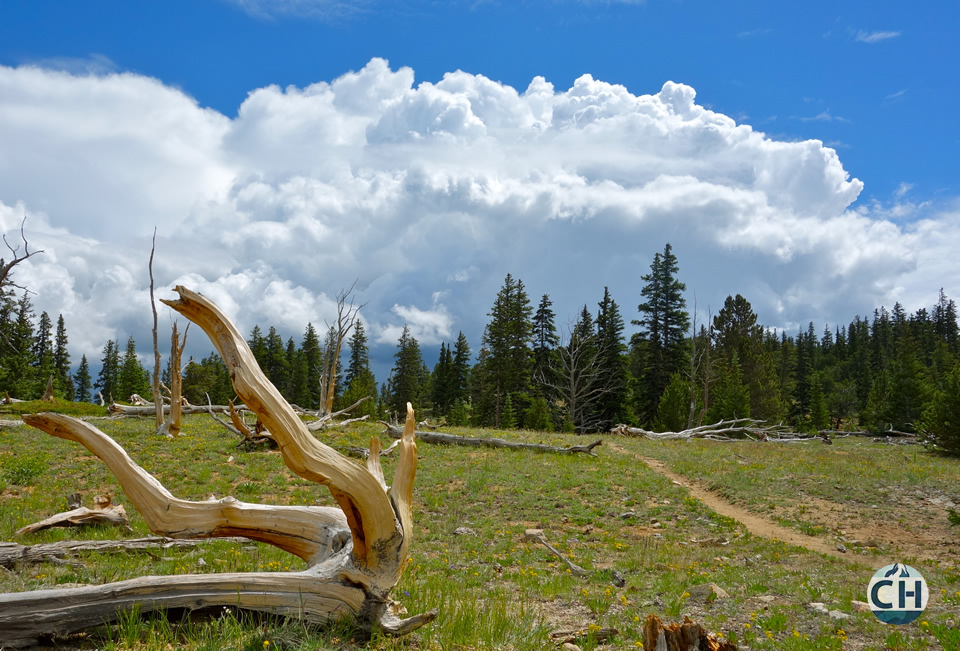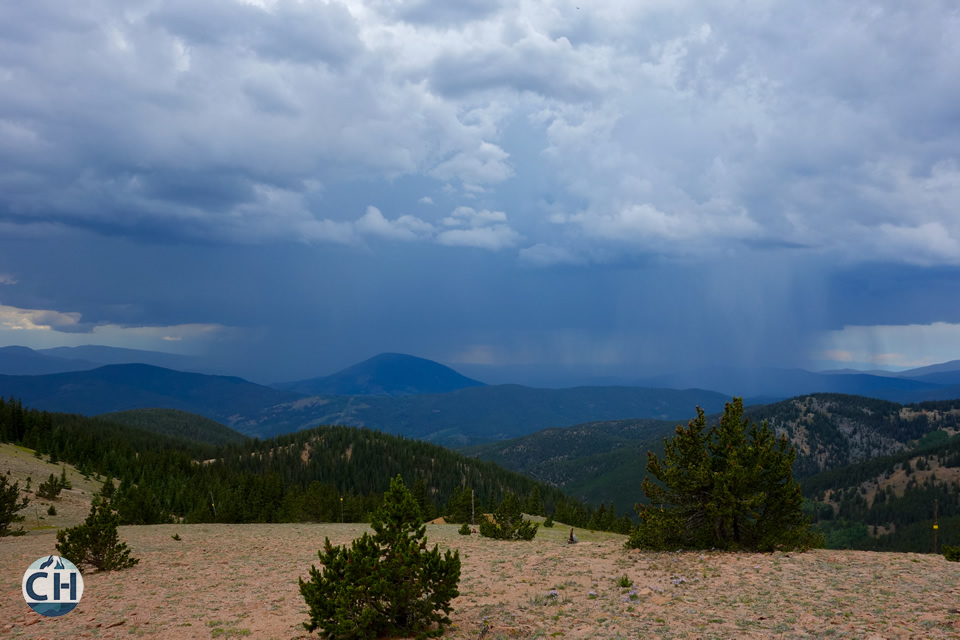
Checking the weather forecast before heading into the backcountry is a no-brainer. It’s critical to know what Mother Nature has in store for you so you can be properly prepared. But weather.com won’t cut it for your backcountry trips.
Wilderness areas don’t have zip codes and nearby cities are often at different elevations with varying weather patters. Using small towns can help you out in a pinch, but there are better ways to get an accurate forecast.
Here are a few quick tips to finding the right weather predictions for your backcountry trip:
1. Choose the Right Site
The national weather service website has a baller search function. First of all, you can use search terms that won’t work for other weather sites – like typing the name of a remote mountain, lake, or park. And that’s huge.
You can also search by picking a point on their map or inputting longitude and latitude coordinates. That type of precision will come in handy when you’re planning a multi-day trip through a remote wilderness area.
Use your guidebook/map to find the coordinates for your trip or check out ITouchMap.com for easy coordinate searching. Then copy, paste, and boom. Use a few key points along your route to track the weather for your entire trip as accurately as possible.
2. Read Satellite Data
If you’re really keen to put your meteorologist hat on, you can use radar and satellite imagery to get a great look at weather systems. In the United States weather patterns generally move west to east. Look west of your destination by 300-500 miles for a good idea at what’s coming in the next 24 hours.
3. Check Current Conditions
Knowing current trail conditions will help you plan for snow levels, river fords, fire closures, and much more. A great place to start is by searching for backpacking and hiking forums in the area.
There are tons of websites where hikers post photos and trip reports detailing current conditions of popular backcountry areas. In Oregon for example, PortlandHikers.Org has comprehensive, regularly updated trip posts.
If the government isn’t shutdown, you can always call up the local ranger station to gather insights on current conditions. Sometimes these calls will be very informative and sometimes you won’t learn much. It’s usually good to check just in case.
For snow conditions, you can use the interactive snow map at NOAA for a rough estimate of snow in the area. It’s not going to be the most detailed resource for on-trail snow, but it’s a helpful tool nonetheless.
4. Don’t Trust Any Of It
It’s important to remember that weather forecasts are just that. Forecasts. Weather systems change very quickly, especially at high elevations and around mountains. Forecasts are wrong all the time and leaving yourself exposed in foul weather can be deadly. So, it’s probably not the best idea to stake your life on a prediction. Always bring proper rain gear and be prepared for worst-case weather scenarios.
Join in on the conversation. What tools/resources do you use to forecast the weather for your backcountry trips? Fill out the comment form below to get the discussion started.


